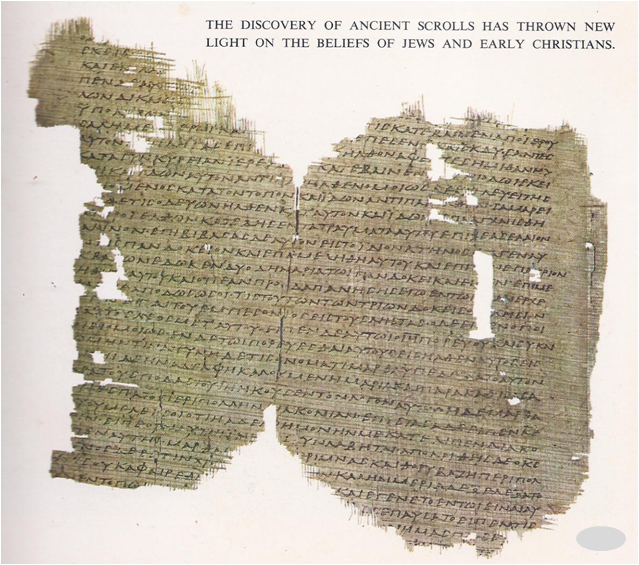IT WAS about the middle of Lent in Antioch, reported Jerome, when “a deep-seated fever fell upon my weakened body, and . . . it so wasted my unhappy frame that scarcely anything was left of me but skin and bone. Meanwhile, preparations for my funeral went on; my body grew gradually colder and the warmth of life lingered only in my throbbing breast. Suddenly I was caught up in the spirit and dragged before the judgment-seat . . .” Then follows a long account of his dream in which Christ scolded him for his devotion to the works of the Roman writer Cicero. In his dream Jerome took an oath that he would never again read a worldly book. “Thenceforth I read the books of God with a zeal greater than I had previously given to the books of men . . .” That was the turning point in the life of Jerome, who went on to become the most outstanding scholar of the ancient western church. JEROME THE SCHOLAR Jerome was born of well-to-do Christian parents about 340. He studied in Rome, where he was baptized at the age of twenty. His brilliant mind and restless energy drove him to explore religion and the classics. From 366 to 370 he traveled about in Gaul from city to city. Later he traveled through the eastern part of the empire. In Antioch he became seriously ill and had the famous dream in which Christ lectured to him. The dream must have been very real to him. As soon as he was well enough, he went into the Syrian desert and lived there as a hermit for six years. Then he returned to Antioch to become a priest. He continued his studies in Constantinople. In 382 he went to Rome and …
Read More »









